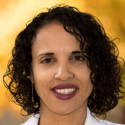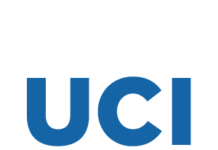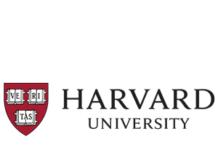 A new study from researchers at the University of California, Los Angeles examines how African American student enrollment and degree completion in higher education has changed from 1976 to 2015. The researchers found that African American students still face systematic barriers that hinder their access to and success in higher education.
A new study from researchers at the University of California, Los Angeles examines how African American student enrollment and degree completion in higher education has changed from 1976 to 2015. The researchers found that African American students still face systematic barriers that hinder their access to and success in higher education.
The researchers found that the number of Black students enrolled at prestigious, public universities was either stagnant or declined over the 40-year period. They found that across the country, Black student enrollments were not reflective of the Black population. For example, in the state of Georgia, Blacks make up 32 percent of the population, but only 7.6 percent of undergraduate students at the University of Georgia are Black. Additionally, African American enrollment seemed to drop “after affirmative action programs were attacked or rolled back.”
However, there were some improvements to diversity in higher education over the 40 years. A number of flagship schools and Black-serving institutions did see an increase in Black enrollments. Also, HBCUs continue to graduate a significantly large proportion of Black college students. HBCUs have additionally seen an increase in non-Black students, which demonstrates HBCUs’ “power and promise as tools to help desegregate public higher education,” the paper states.
Moving forward, the researchers stress that this history of anti-Blackness, racial discrimination, and White privilege must be addressed. This racial inequality in higher education intersects with wealth. African Americans are three times as likely to be low-income as Whites. This restricts the ability of many Black families to attend many colleges and universities. The paper states that this inequality “is the result of the same historical, political, economic, social, cultural, and psychological patterns that have perpetuated Black subjugation and oppression since Blacks arrived on these shores in 1619.”
The full study, “From Bakke to Fisher: African American Students in U.S. Higher Education Over Forty Years,” was published by the Russell Sage Foundation’s Journal of the Social Sciences and can be read here.








